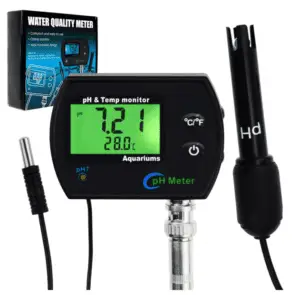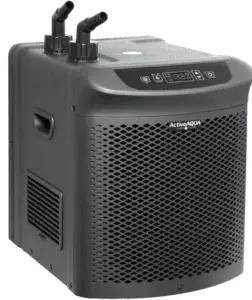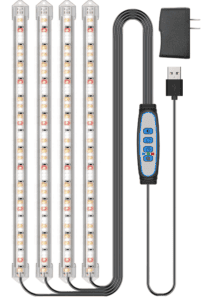According to indoor gardening expert Jane Smith, “Ideal temperatures for hydroponic systems range from 65-85°F.”
Going outside this range can negatively impact plant growth and yield.
Keep reading to discover the optimal temperature range for hydroponics and what happens when it gets too hot or cold.
You’ll learn the signs of heat stress in plants, how temperature affects nutrient availability, and simple solutions to regulate temps in your system.
Whether you’re battling summer heat waves or winter cold snaps, this guide has pro tips to keep your hydro garden thriving in any climate.
KEY TAKEAWAY
How hot is too hot for hydroponics?
The ideal temperature range for hydroponics is typically between 65°F (18°C) and 75°F (24°C). (1)
Temperatures above 80°F (27°C) can be detrimental to hydroponic plants, inhibiting nutrient absorption and causing stress.
What Temperature Ranges Are Safe for Hydroponic Plants?
Source: Lex Blazer
The ideal water temperature for hydroponics falls between 65-85°F.
Going outside this range can stress plants and affect growth.
Cool water below 65°F slows plant metabolism, nutrient uptake, and photosynthesis.
Hot water above 85°F holds less dissolved oxygen, which plant roots desperately need.
Aim to keep your hydroponic reservoir within 72-80°F for healthy, vigorous growth.
This temp range keeps nutrient solutions oxygenated while allowing efficient nutrient absorption.
Strategically placed water chillers or heaters help maintain consistent temps.
Letting water temp swing too high or low invites issues like rot, disease, and small yields.
Carefully monitor your grow room and hydroponic water to catch temperature fluctuations early.
Keeping your system within the optimal range takes some work, but pays off with faster growth and bigger harvests.
How Heat Affects Oxygen Levels in Nutrient Solutions
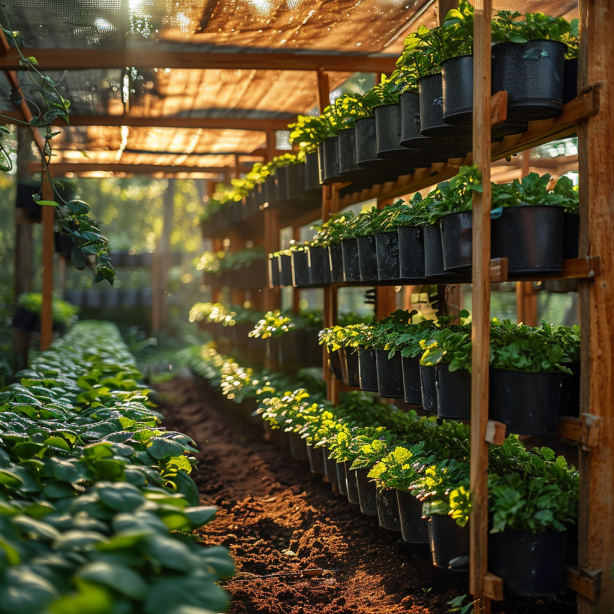
As hydroponic water heats up, its capacity to hold dissolved oxygen is reduced.
Yet plant roots need that oxygen to uptake nutrients efficiently.
Without enough oxygen, roots suffocate, growth slows, and your reservoir turns into a breeding ground for pathogens.
At 95°F, water holds over 30% less oxygen than at 75°F. (2)
Heat also accelerates beneficial bacteria growth which can choke out roots by using up remaining oxygen.
Too-warm reservoirs also experience more evaporation, changing EC levels.
Combat heat’s impact by monitoring and maintaining cooler water temps, aerating more frequently, and using chilled water in summer.
Your efforts will be rewarded with healthy roots and explosive growth year-round.
Don’t let heat waves destroy your hard work!
When Does Warm Water Become a Threat to Roots?
Ideal hydroponic water temperatures for healthy roots fall between 65-80°F.
Once your reservoir hits 85°, plant roots start to struggle.
Water this warm has 30% less dissolved oxygen compared to 75° water.
Less oxygen means stressed, suffocating roots.
Damaged roots uptake fewer nutrients, stunting growth.
Pathogens also multiply rapidly in hot water, attacking tender feeder roots.
By 90°, root rot and other diseases emerge.
Pythium, phytophthora, and fusarium thrive in reservoirs 90°+, coating roots in slimy film.
Healthy white roots turn brown and mushy.
Plants divert energy into root repair instead of fruit production.
Let water top 95°, and portions of your crop may not survive.
Photosynthesis and transpiration rates change so drastically that leaves yellow, wilt, and die.
Entire root zones decompose.
Algae blooms can also overtake reservoirs, starving your plants.
Cooling Solutions: Chillers, Reflective Covers and Other Options
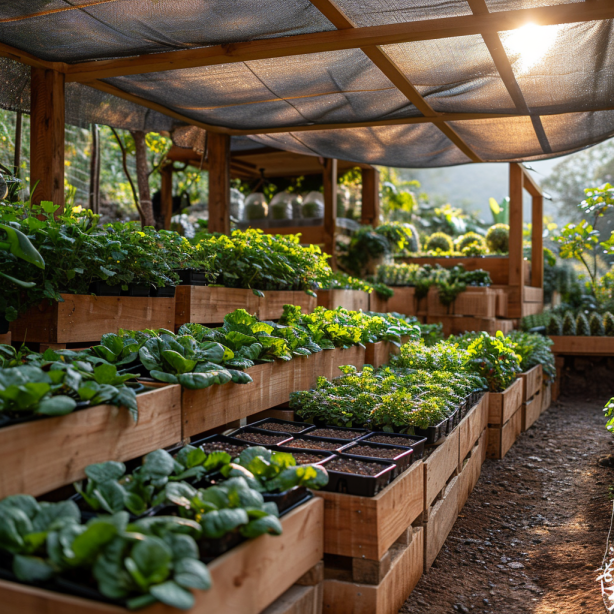
If your hydroponic reservoir creeps above 85°, take action fast.
Water chillers are the ultimate cooling tools, automatically regulating temperatures.
Size chillers to your reservoir volume for efficient cooling.
For a budget option, float frozen water bottles in nutrient solution as makeshift ice packs.
Reflective covers also help block heat from grow lights.
Improving airflow lowers room temps.
Add more fans to increase evaporation.
Exhaust hot air and bring in cool air from outside.
Growing heat-loving lettuces, herbs, and houseplants lets you turn up the heat.
But for most plants, it’s critical to maintain 65-80° water for the best harvests.
Don’t let summer swelter sabotage your hard work!
Monitoring Nutrient Temperatures Throughout Growth Stages
Carefully track reservoir temperatures from seedling to harvest.
Young plants thrive around 70°F water.
This warmth speeds germination without heat stress.
As plants mature, inch temps up to 75-80°F to support explosive vegetative growth.
The perfect balance of warmth and oxygen uptake fuels big, healthy plants.
During flowering, you can push temps up to 85°F since plants focus energy on bud production rather than roots and leaves.
But don’t drift above 85° long-term.
Install thermometers at seedling and root levels.
Check temps daily, adjusting to the growth stage.
Add frozen bottles or small chillers to lower temps.
Use aquarium heaters, heat mats or grow lights to warm reservoirs.
With careful temperature manipulation, you can coax stocky, dense harvests through each phase.
Pay attention and control your system’s climate!
Which Plants Thrive in Warmer vs Cooler Hydroponics?
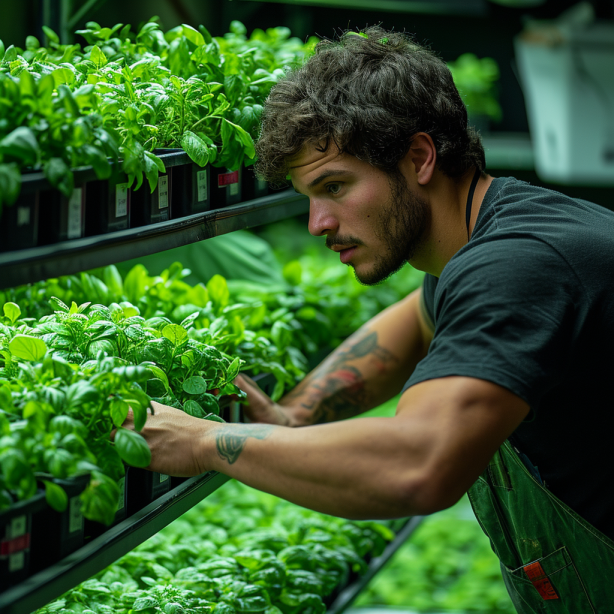
Warm-weather plants like basil, tomatoes, and peppers relish hotter reservoirs up to 85°F.
Heat fuels their metabolisms, driving fast fruiting and abundant harvests.
Cool-weather crops such as lettuce, spinach, kale, and arugula grow best around 65-70°F.
Warmer water causes bolting, bitterness and poor germination.
Know your plants! Choosing heat-loving varieties lets you turn up reservoirs with less risk.
Attempting cool-weather plants in hot hydroponics invites disappointment.
If expanding crop variety, install multiple independent systems for optimum temps.
For example, use deeper reservoirs for salad greens, and more shallow, heated systems for peppers.
With the right gear, you can have both!
Location, Location, Location: How Placement Impacts Reservoirs
Reservoir placement directly impacts temperatures.
Systems located in hot grow rooms and greenhouses easily overheat.
Direct sunlight also warms nutrient solution.
Conversely, placing systems near air conditioning vents or drafty windows drops temps too low.
Carefully consider airflow patterns when sitting reservoirs.
Insulate reservoirs from extreme ambient temps.
Bury systems underground to leverage the earth’s consistent 55-60°F temperature.
Add insulation like bubble wrap to buffer outdoor temperature swings.
Avoid heat-generating equipment like pumps, grow lights and compost piles.
Position them far from reservoirs to prevent heating small grow spaces.
Take microclimates into account too.
Heat rises and collects at the tops of rooms.
Place shorter plants on bottom shelves or use vertical hydroponic towers.
12 Foolproof Methods for Beating the Heat in Your Hydroponic System
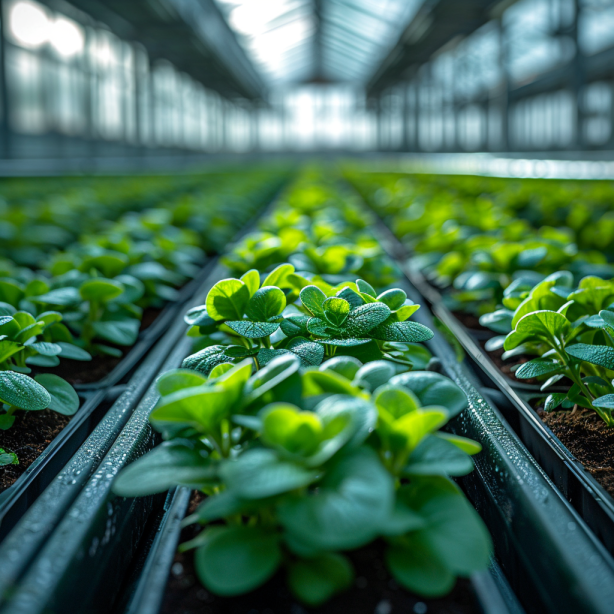
- Add water chillers to automatically regulate temperatures
- Insulate reservoirs with insulation wraps
- Float frozen water bottles as makeshift ice packs
- Use reflective materials above systems to block light and heat
- Grow heat-loving plants like tomatoes and peppers
- Relocate systems away from heat sources like lights
- Improve room ventilation and airflow
- Add large fans to increase evaporation
- Use larger reservoirs which fluctuate less
- Grow outdoors at night to leverage cooler temps
- Use air conditioners or swamp coolers in grow rooms
- Monitor and top off water levels frequently
Frequently Asked Questions
What is the ideal hydroponic water temperature?
Most hydroponic plants grow best when the hydroponic water temp is between 65 to 75 degrees Fahrenheit.
Going above 80 degrees Fahrenheit risks damaging or slowing the growth of sensitive plants.
It’s a good idea to keep the hydroponic nutrient solution at or below this temperature range.
How does hydroponic water temperature affect plant growth?
The hydroponic water temperature can significantly impact plant growth.
Higher temperatures can cause the hydroponic nutrient solution to hold less oxygen.
This makes it difficult for roots to absorb nutrients and can lower oxygen levels in the root zone.
Warm water also increases the metabolism of beneficial microbes in the nutrient solution and reservoirs.
Maintaining the proper hydroponic water temperature is important to keep your plants healthy.
What should I do if my reservoir temperature gets too warm?
If ambient temperatures in your grow space cause the temperature of the water in your reservoirs or Deep Water Culture systems to…
…rise above the ideal range, it may be time to look into options like a hydroponic water chiller or fans to cool your hydroponics system.
A hydroponic water chiller can actively lower and maintain the temperature of the nutrient solution to prevent it from getting too warm.
How cold is too cold for hydroponic water?
While warm hydroponic water can harm plants, cold water temperatures below 60 degrees Fahrenheit also present risks if the temperature drops too low.
Roots are more susceptible to damage from cold temperatures.
It’s generally best to keep the nutrient solution within the 65-75 degree Fahrenheit range.
Monitor reservoir temperatures, especially if room temperature drops at night.
What are some techniques for maintaining the desired temperature?
For passive temperature control, make sure your reservoir is in a part of the grow space with adequate airflow from an exhaust fan or ventilation.
Insulate your reservoirs as needed.
You can also use aquarium fish tank chillers, frozen water bottles, or water pumps to circulate and cool water without requiring expensive hydroponic water chillers.
Monitor temperatures daily and be ready to take corrective action if temperatures get too high or low.
Conclusion
Controlling temperatures in your hydroponic system takes diligence, but pays off hugely.
Aim to maintain reservoir water between 65-85°F for healthy roots and vigorous growth. Monitor conditions daily and make adjustments as needed.
Strategically place chillers, air conditioners, and insulation to regulate temps.
Choose plant varieties suited to your system’s climate.
And remember – heat stress happens slowly, then suddenly.
Catch it early by tracking temperatures obsessively! Healthy roots equal healthy plants and massive harvests.
Put in the work to optimize your system and outsmart the seasons for year-round hydroponic success!
What tricks have you used to control temps in your hydroponic garden? Share your insights in the comments below!
References
- https://getgrowee.com/ideal-water-temperature-for-hydroponics/
- https://www.epa.gov/caddis-vol2/dissolved-oxygen#:~:text=Temperature%3A%20High%20temperatures%20reduce%20the,due%20to%20respiration%20and%20decomposition.
Related Articles
- https://tophydroponicgarden.com/temperature-and-humidity-monitor/
- https://tophydroponicgarden.com/maintaining-temperature-and-humidity-hydroponics/
- https://tophydroponicgarden.com/hydroponic-mistakes-troubleshooting/
Was this helpful?

I’m Barrie L., a passionate hydroponic gardening enthusiast dedicated to cultivating thriving, soil-less gardens. With a focus on all things hydroponic, I share my expertise on innovative growing techniques and sustainable practices through my blog, tophydroponicgarden.com. As a seasoned hydroponics specialist, my goal is to inspire and guide fellow gardeners in harnessing the power of water-based cultivation for bountiful and eco-friendly harvests. I’m also an author of the book “Hydroponics For Absolute Beginners: Your Step By Step Guide For How To Create An Hydroponics System At Home Without Soil, For Growing Vegetable, Fruit And Herbs.” which is sold on Amazon. Join me on a journey of redefining the way we cultivate plants, one nutrient-rich solution at a time. Happy growing!



